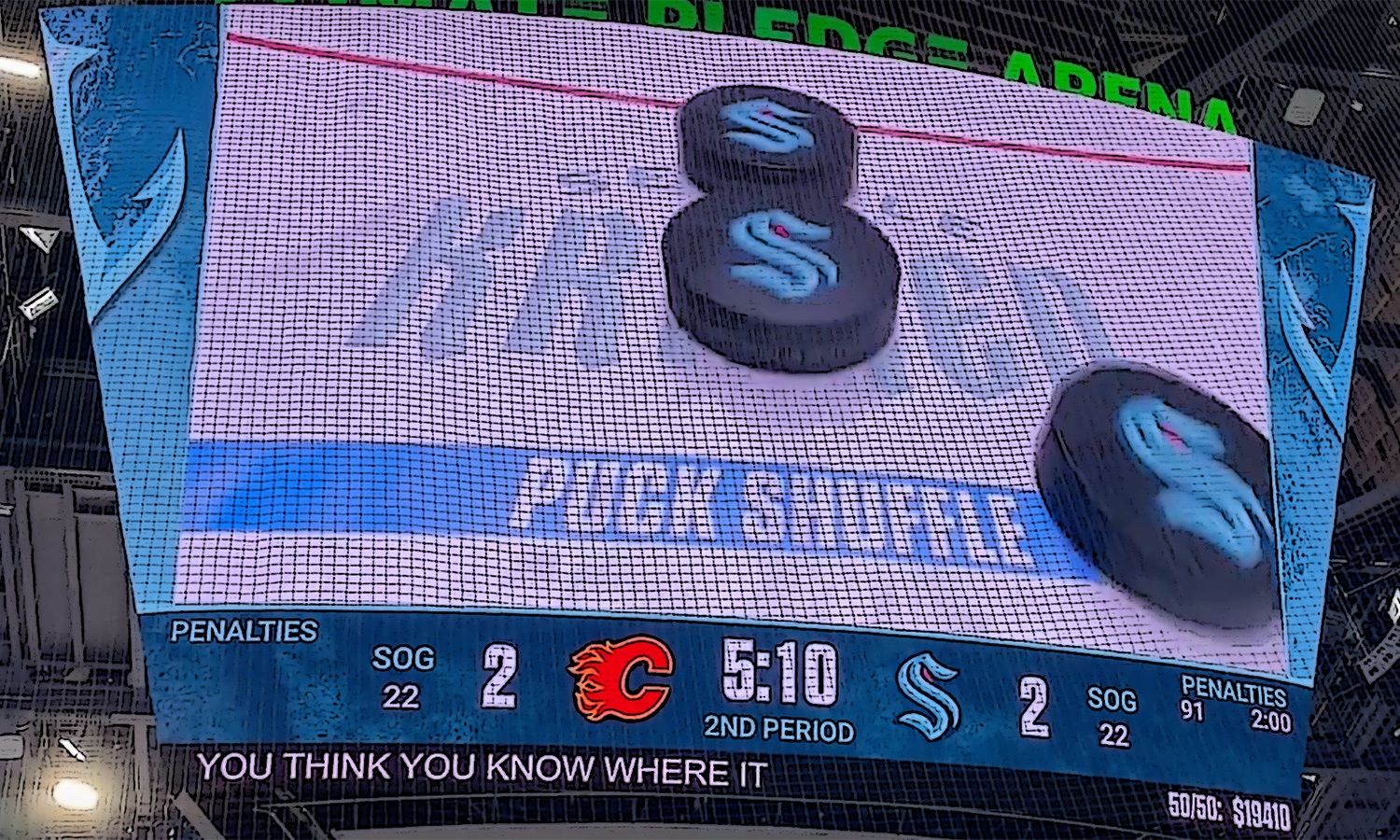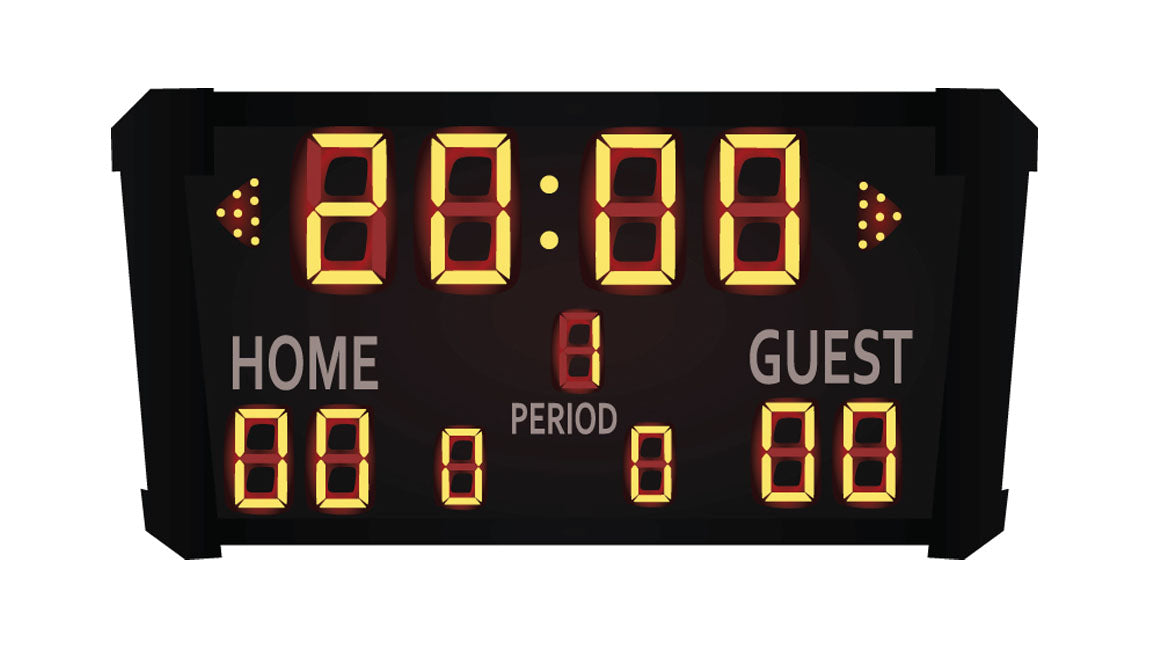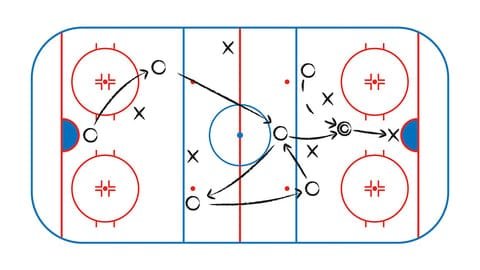A hockey game has three periods. Each period lasts 20 minutes.
Hockey is an exciting sport with a unique structure. Unlike other sports that might have halves or quarters, hockey breaks down its play into three distinct periods. This format keeps the game fast-paced and engaging for fans. Understanding the number of periods and how they work can enhance your appreciation of the game.
Whether you are new to hockey or just brushing up on the basics, knowing the structure is key. In this blog, we will dive into the specifics of these periods and what happens during each one. Let’s get started!

Credit: www.gaimday.com
Introduction To Hockey Game Structure
Hockey is an exciting and fast-paced sport that captivates fans worldwide. Understanding the structure of a hockey game is essential for both new and seasoned fans. This article will break down the key elements of a hockey game, including its periods, rules, and history.
Brief History Of Hockey
Hockey has a rich history that dates back to the 19th century. The modern game of ice hockey began in Canada. The first indoor hockey game was played in Montreal in 1875. Since then, hockey has grown into a beloved sport across many countries. The National Hockey League (NHL) was founded in 1917 and remains the premier professional league today.
Basic Rules Of The Game
A hockey game consists of three periods, each lasting 20 minutes. Teams switch sides after each period. If the game is tied at the end of the third period, it goes into overtime. During regular season games, overtime is a five-minute, sudden-death period. If no team scores in overtime, the game proceeds to a shootout. Each team has six players on the ice: three forwards, two defensemen, and a goalie. The objective is to score more goals than the opponent.
Players use sticks to hit a puck into the opponent’s net. Body checking is allowed but must be within the rules. Penalties are given for rule violations, leading to power plays. A power play occurs when one team has more players on the ice due to a penalty on the other team.
Periods In A Standard Hockey Game
Understanding the structure of a hockey game is key for new fans. Hockey is fast-paced, and knowing how long it lasts helps you follow better. Let’s dive into the periods of a standard hockey game.
Number Of Periods
A standard hockey game has three periods. These periods divide the game into equal segments. Each period offers a fresh start for the teams. The players get a chance to reset and strategize for the next period.
Duration Of Each Period
Each period in a hockey game lasts 20 minutes. This duration is for professional and amateur levels. The game clock stops for certain events, such as penalties or goals. This ensures that each period has 20 minutes of active play.
| Period | Duration |
|---|---|
| First Period | 20 minutes |
| Second Period | 20 minutes |
| Third Period | 20 minutes |
Between each period, there is an intermission. This break usually lasts 15 to 20 minutes. It gives players time to rest and prepare for the next period. The ice is also resurfaced during intermissions to maintain a smooth playing surface.
Intermissions And Their Purpose
In hockey, intermissions play a key role. These breaks happen between periods in the game. They give players a chance to rest and recover. But intermissions are not only for the players. Fans and coaches also benefit from these breaks.
Length Of Intermissions
Intermissions in hockey are usually 15 to 18 minutes long. This time allows the ice to be resurfaced. It also gives fans a break to stretch and get snacks.
Activities During Intermissions
During intermissions, many activities take place. The ice is cleaned and smoothed with a Zamboni. This helps keep the game fast and safe. Players rest and hydrate in the locker rooms. Coaches discuss strategies and make adjustments. Fans often enjoy entertainment such as mini-games or performances. These activities keep the crowd engaged and excited for the next period.

Credit: www.polyglidesyntheticice.com
Overtime And Shootouts
Hockey games often bring excitement and unexpected turns. The thrill doesn’t always end with regular play. If the game is tied, overtime and shootouts come into play. These elements add an extra layer of suspense for fans and players alike.
When Overtime Occurs
Overtime happens if the game is tied after the third period. This extra time can be intense. Teams play shorter periods, often five minutes. The first team to score wins.
In the regular season, overtime is played with fewer players. Each side has three skaters and a goalie. This increases scoring chances and speeds up the game. If no one scores, the game moves to a shootout.
Shootout Procedures
Shootouts decide the winner if overtime ends without a goal. Each team selects three players for initial attempts. Players take turns trying to score on the opposing goalie.
If still tied, the shootout continues. It goes to sudden death rounds. One goal can clinch the game. This format keeps the excitement high until the very end.
Shootouts are thrilling for fans. They showcase individual skills and high-pressure moments. They make every shot count.
Special Periods In Different Leagues
Hockey is a thrilling sport known for its fast pace and intense action. The structure of the game can vary depending on the league. Understanding special periods in different leagues is essential for any hockey fan. This section will explore the differences in period structures across various leagues and tournaments.
Differences In Nhl
The National Hockey League (NHL) follows a standard format. Each game consists of three periods. Each period lasts 20 minutes. The total playtime is 60 minutes. If the game is tied, it goes into overtime.
In the regular season, overtime is a five-minute, sudden-death period. If no one scores, the game goes to a shootout. During the playoffs, overtime periods are 20 minutes long. They continue until a team scores.
International Hockey Variations
International hockey games follow similar rules, but there are differences. The International Ice Hockey Federation (IIHF) also uses three 20-minute periods. Overtime rules vary.
For example:
- In preliminary rounds, overtime is a five-minute, sudden-death period.
- In playoff rounds, overtime periods are 10 minutes long.
- During finals, overtime periods are 20 minutes long until a team scores.
Other international tournaments may have different overtime rules. Some use an immediate shootout after a tie. Others may extend the sudden-death period.
Understanding these variations can make watching hockey more enjoyable. Each league has unique rules that add to the excitement.

Credit: hoopsking.com
Frequently Asked Questions
How Many Periods Are In A Hockey Game?
A hockey game has three periods.
How Long Is Each Period In A Hockey Game?
Each period lasts 20 minutes.
Is There A Break Between Hockey Periods?
Yes, there is a 15-minute intermission between periods.
Does Overtime Have The Same Duration As Regular Periods?
No, overtime periods are shorter, typically 5 minutes.
Are There Periods In Both Professional And Amateur Hockey?
Yes, all levels of hockey have periods.
Do Hockey Periods Have Stoppages?
Yes, the clock stops for goals, penalties, and other events.
Why Are There Three Periods In Hockey?
Three periods allow players to rest and strategize.
Can Hockey Games End In A Tie?
No, most leagues use overtime or shootouts to decide a winner.
How Is The Winner Decided If The Game Is Tied After Overtime?
A shootout determines the winner if the game is still tied.
Conclusion
Hockey games have three periods. Each period lasts 20 minutes. This structure keeps the game exciting. Players rest between periods, which keeps the action intense. Understanding the game’s flow helps you enjoy it more. Next time you watch hockey, you’ll know what to expect.
Enjoy the fast-paced thrill. Happy watching!




